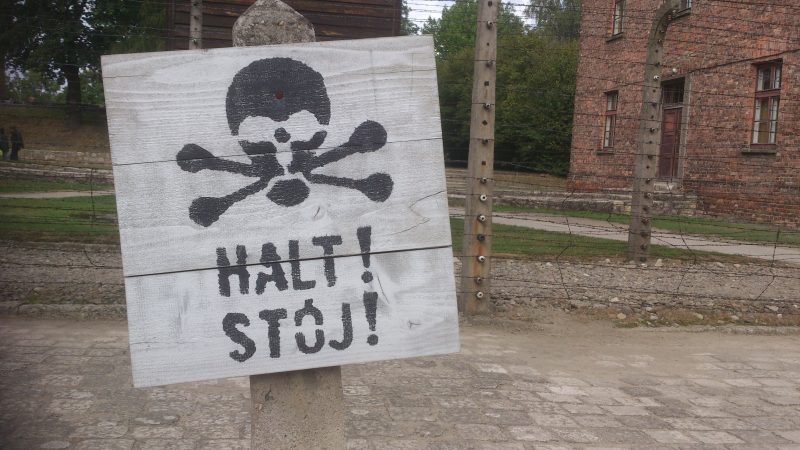The concentration camps that continue to haunt Europe are a stark reminder of the horrors of the Holocaust. They serve to ensure we will never forget the systematic extermination and persecution Jewish people were put through as a result of the Nazi party and Adolf Hitler. Even now, stories of people managing to escape the clutches of the SS do exist, including one daring escape in which Auschwitz inmates disguised themselves as SS Guards and simply drove right out of camp.
Rudolf Vrba & Alfred Wetzler
Rudolf was born in Czechoslovakia to Jewish parents. Aged 15, he went to work as a labourer due to the restrictions on Jews housing, travel, and education at the time. In 1942 authorities announced Jewish people were going to be sent to ‘reservations’ in Poland, starting with young men. Vrba was handed to Slovak authorities who sent him to a holding camp for Jews awaiting deportation. He managed to escape from Nováky transition camp once, but was caught by a police officer who became wary when he saw the man was wearing two pairs of socks.
First, he was deported to Majdanek concentration camp, and on June 30th, 1942, Vrba was sent to Auschwitz I and housed in Block 4.
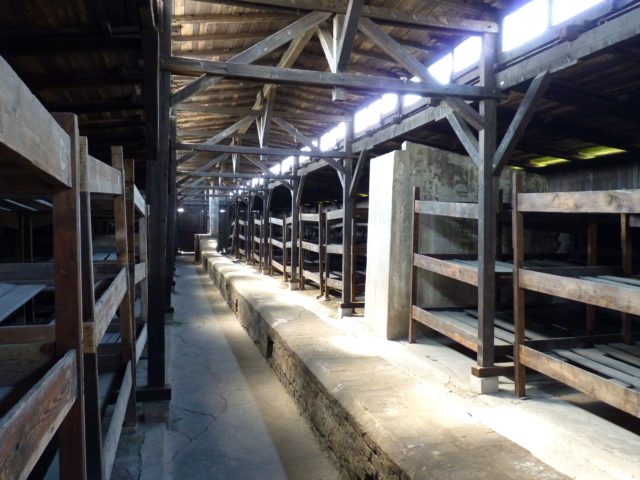
He was assigned to work in Auschwitz II-Birkenau, 2.5 miles away. He was set to work in the Aufräumungskommando, which was taking property from new inmates including clothes, food, and medicine, which he used to stay healthy. The majority of these items were repackaged to be sent back to Germany. His work also included removing the dead from the trains that arrived at Auschwitz with new inmates. In June 1943 Vrba became a registrar in the quarantine section of Birkenau, he had his own office with a desk, chair, and bunk bed.
He found an acquaintance from Trnava, Alfred Wetzler, working in the mortuary of Birkenau and together they planned their escape. On April 7th, 1944 with the help of two other prisoners they hid inside a pile of wood stacked in between the inner and outer perimeter fences.
They knew the guards would search for three days so waited this period out, tying strips of flannel across their mouths and tightening them whenever they felt a cough in their throats to keep them quiet. On April 10th at 9 pm they crawled out and headed south to Slovakia, walking parallel to the Sola river. They crossed the border on April 21st and from there they wrote the Vrba-Wetzler report, detailing the inner workings of Auschwitz and the use of Jews for slave labour. It was finished by April 27th and was instrumental in uncovering the extermination of Jews in the Holocaust.
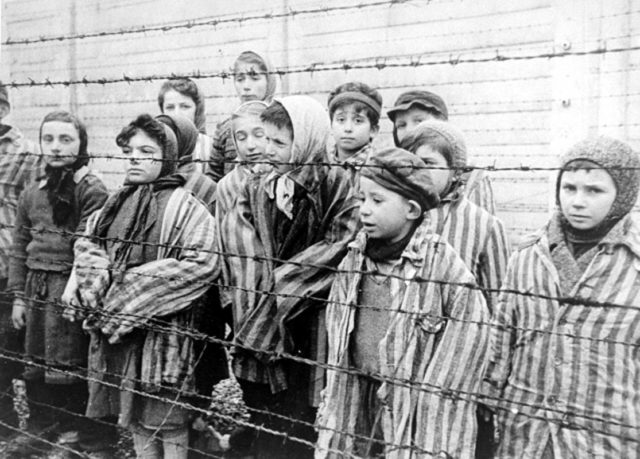
Kazimierz Piechowski
Piechowski was picked up along the Hungarian-Polish border by a German patrol with fellow boy scout Alfons Koprowski; they were attempting to persuade France to join the free Polish Army. Here they were told by the Gestapo that ‘we should shoot you, but we have for you something much more interesting.’ From here they were sent to a couple of prisons, and then Auschwitz.
Piechowski was a political prisoner and was transported on June 20th, 1940. He was in the Leichenkommando and brought corpses into the crematorium, including the people who were shot at the ‘Black Wall’ outside infamous Block 11. Due to his work he had access to the list of upcoming executions and because of this saw that his friend, Eugeniusz Bendera, was going to be executed. So the two of them and one other hatched an escape plan.
On June 20th, 1942 they went to a storage closet, took three German uniforms and a cart, passing themselves off as Rollwagenkommando, who pulled a freight cart instead of horses. They were able to get to the warehouse where uniforms and weapons were stored and entered via a coal bunker, armed themselves with machine guns and grenades and took a saloon car. Bendera was a mechanic who could test drive cars around the camp and brought the car, which belonged to SS commander Paul Kreuzmann.
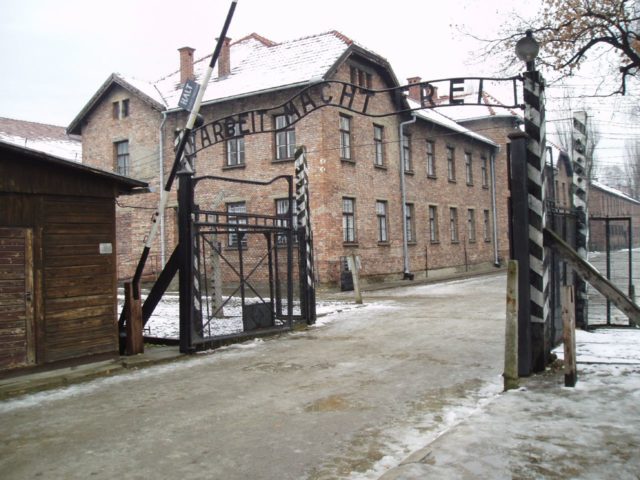
Driving their vehicle, the prisoners were able to drive right through the main gates of Auschwitz. The famous policy of tattooing prisoners at Auschwitz was allegedly introduced as a response to this escape.
Another Polish man, Edward Galinski, tried to escape Auschwitz in a similar way by wearing an SS uniform, but he was recaptured and executed.
Jerzy Bielecki & Cyla Cybulska
Bielecki was sent to Auschwitz on June 14th, 1940. It was newly created at the time, and his inmate number was 243. He worked at a grain warehouse where he often had access to additional food, and there he met Cyla Cybulska, who was serving with the women repairing burlap sacks. She had become an inmate on January 19th, 1943 and despite men and women being forbidden from communicating, they exchanged a few words every day and fell in love.
He secretly got together the supplies needed for an escape and on July 21st, 1944 he and Cyla were able to leave the camps gate together using a faked green pass. He was wearing an SS uniform, made from different parts of German unforms. Together they walked through fields for ten days and hid at Bielecki’s uncle’s house.
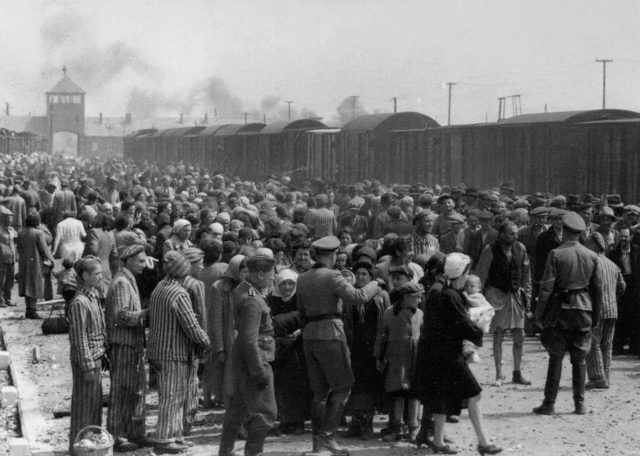
Towards the end of the war, they separated, to avoid chances of being recaptured and promised to reunite afterwards. She was told he had been killed during Operation Tempest, and he was told she had left the country and died in Sweden. They weren’t reunited until June 1983.
Many escapes from Auschwitz ended in disaster, Mala Ziltebaum and Edward Galinski were publicly executed at the camp for attempting to escape. The SS Guards would capture members of escapee’s families and publicly execute them in the camp when escapes were successful or often chose random prisoners to kill to send a message to other internees not to follow suit. Other prisoners successfully escaped during the brutal death marches conducted by the Nazis to avoid evidence of the concentration camps coming to light near the end of the war. During the Auschwitz death march, approximately 15,000 prisoners died.
